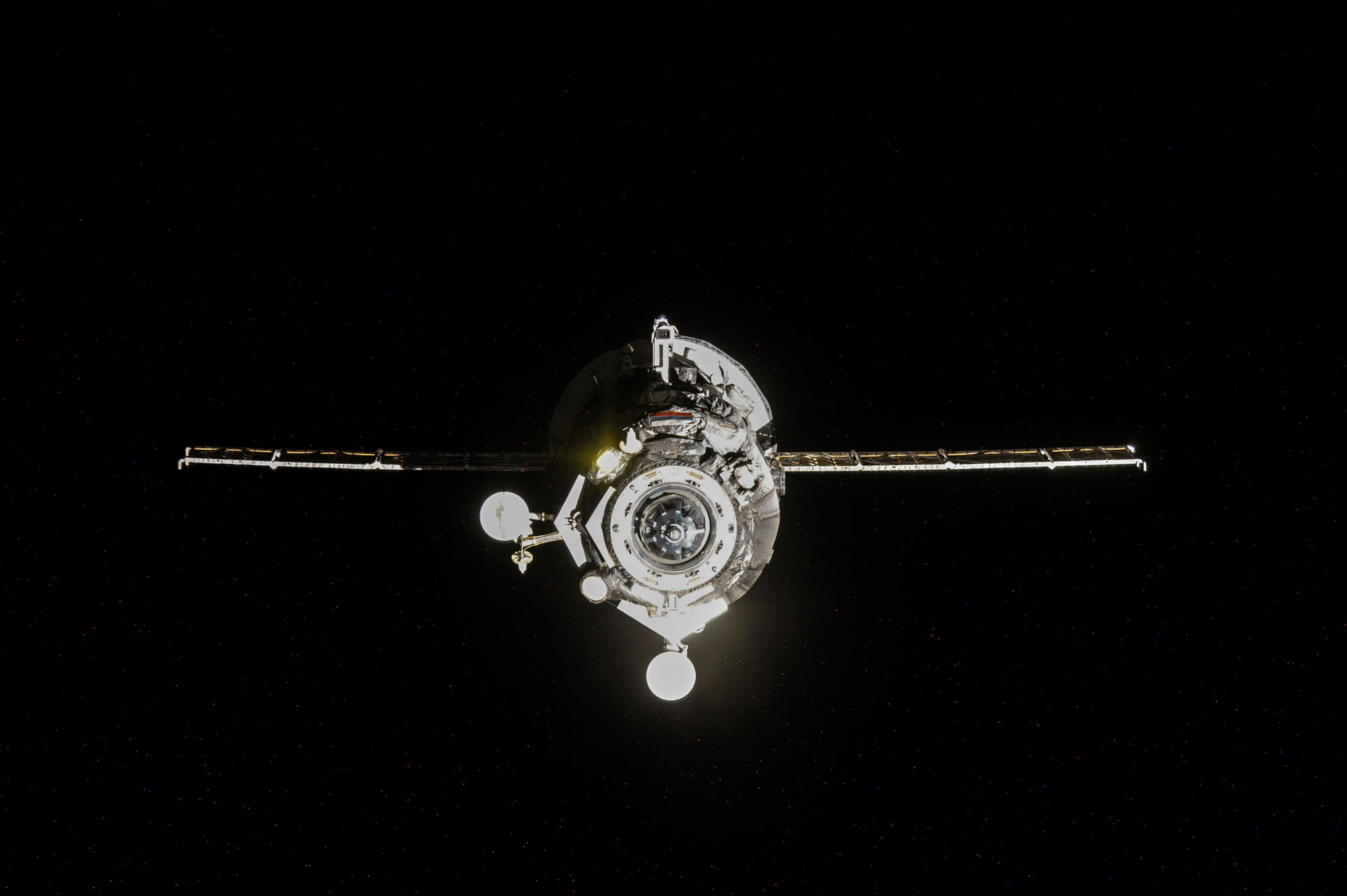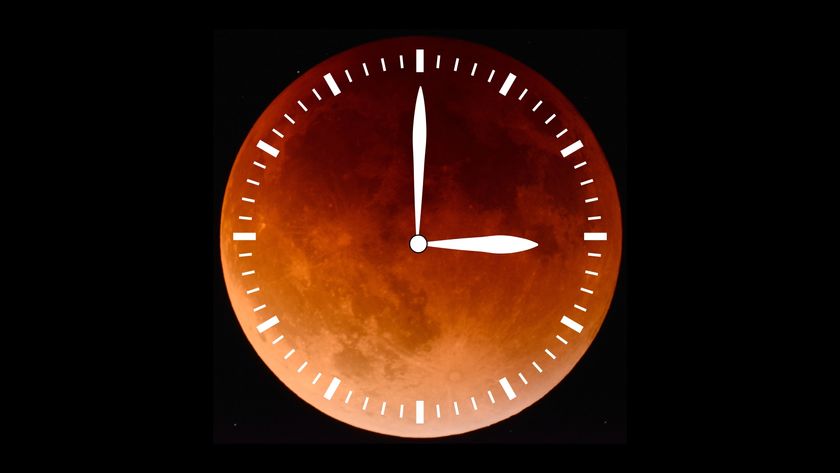Out-of-Control Russian Cargo Spaceship Falls Back to Earth

A robotic Russian cargo vessel has died a fiery death in Earth's atmosphere, nine days after launching on a failed mission to the International Space Station.
The unmanned Progress 59 freighter burned up at 10:04 p.m. EDT Thursday (May 7; 0204 GMT May 8) over the central Pacific Ocean, officials with the Russian space agency, known as Roscosmos, said in a statement.
According to Canadian satellite watcher Ted Molczan, the United States Strategic Command (USSTRATCOM) determined that Progress 59 fell to Earth at 10:20 p.m. EDT Thursday (0220 GMT May 8). [See photos of the doomed Progress 59 spacecraft]
Spinning out of control
Progress 59 blasted off April 28 atop a Russian Soyuz rocket. The freighter was packed with more than 5,200 pounds (2,359 kilograms) of cargo, including 3,075 pounds (1,395 kg) of dry cargo, 1,089 pounds (494 kg) of propellant, 925 pounds (420 kg) of water and 110 pounds (50 kg) of compressed gases, according to Russian spaceflight company OAO RSC Energia.
But shortly after launch, the cargo craft experienced technical woes and went into a tumble, perhaps as a result of a problem with the Soyuz booster's third stage.
Russian ground controllers were not able to command the Progress due to its spin rate. Following a number of failed attempts to regain control of Progress 59, Roscosmos acknowledged that the supply ship was a loss, and that it would fall back to Earth in the near future.
Progress leftovers
Despite Progress 59's impending re-entry, Russia did not request the involvement of the Inter-Agency Space Debris Coordination Committee (IADC), said Holger Krag, head of the European Space Agency's Space Debris Office at the European Space Operations Center in Darmstadt, Germany.
Get the Space.com Newsletter
Breaking space news, the latest updates on rocket launches, skywatching events and more!
The primary purposes of the IADC are to exchange information on space junk research activities between member space agencies, to facilitate opportunities for cooperation in space debris research, to review the progress of ongoing cooperative activities and to identify debris mitigation options.
Roscosmos is a member of the IADC.
Krag told Space.com before Progress 59's fall that some pieces of the spacecraft would likely make it through Earth's atmosphere and reach the surface. Still, there was an exceedingly small chance, he said, that a person would be injured by the spacecraft's debris.
Guessing game
According to space scientist Duncan Steel, who has been keeping an eye on the whereabouts and downfall of Progress 59 from New Zealand, trying to forecast these re-entry events isn't easy.
"I think that predicting these things is like the scene in a movie where a canoe is being carried slowly but surely towards the edge of the Niagara Falls," Steel told Space.com. "Everyone knows precisely what is going to happen, but no one is sure when. As the canoe gets closer, it speeds up a little, but you're still not sure when it will reach the edge. Then when it does reach the edge, it's all over really quickly… and it ain't pretty."
Steel said that there is simply no way to make an accurate prediction of a re-entry until the last part of the spacecraft's orbit.
"But that would require either a vast network of ground-based radars, or precise positions being telemetered down by the spacecraft," Steel said. "The problem is that the upper atmosphere swells and shrinks daily in response to sunlight and many vagaries, in particular solar outbursts of ultraviolet and X-rays."

Lessons learned
Progress 59's death dive is already being viewed as a teachable moment in some circles.
The European Space Agency's Krag, for example, said that all large spacecraft might soon be outfitted with small mirrors called retro-reflectors, to aid in re-entry predictions should something go wrong with their mission. This idea would make use of laser pulses broadcast from Earth to a troubled spacecraft, then reflected back to their point of origin.
"It would help people track a spacecraft — those that no longer respond to ground control," Krag said. "It's an interesting option," he said, adding that retro-reflectors would provide precise measurements of the tumbling motion of a spacecraft.
Leonard David has been reporting on the space industry for more than five decades. He is former director of research for the National Commission on Space and is co-author of Buzz Aldrin's 2013 book "Mission to Mars – My Vision for Space Exploration" published by National Geographic with a new updated paperback version released this month. Follow us @Spacedotcom, Facebook or Google+. Originally published on Space.com.
Join our Space Forums to keep talking space on the latest missions, night sky and more! And if you have a news tip, correction or comment, let us know at: community@space.com.

Leonard David is an award-winning space journalist who has been reporting on space activities for more than 50 years. Currently writing as Space.com's Space Insider Columnist among his other projects, Leonard has authored numerous books on space exploration, Mars missions and more, with his latest being "Moon Rush: The New Space Race" published in 2019 by National Geographic. He also wrote "Mars: Our Future on the Red Planet" released in 2016 by National Geographic. Leonard has served as a correspondent for SpaceNews, Scientific American and Aerospace America for the AIAA. He has received many awards, including the first Ordway Award for Sustained Excellence in Spaceflight History in 2015 at the AAS Wernher von Braun Memorial Symposium. You can find out Leonard's latest project at his website and on Twitter.










